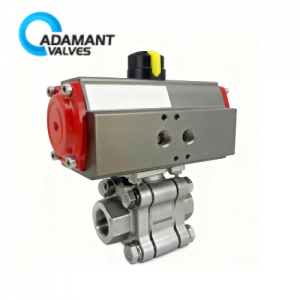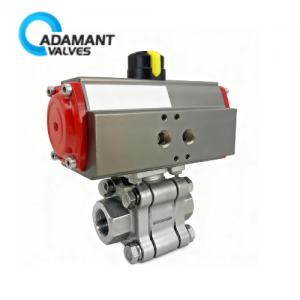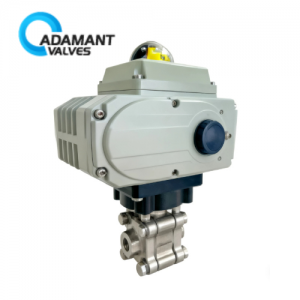What to Do If a Sanitary Valve Leaks or Gets Stuck

Sanitary valves are essential parts of piping systems. Sanitary valves are used in pharma and food industries. When sanitary valves leak or clog, problems arise. Production can be put behind schedule. Product quality is compromised. Understanding why this happens and how to repair it is essential.
Why a Sanitary Valve Could Leak and How To Repair It
Leaks usually happen at the seal or connection points. One of the common reasons is that the seal wears off. It may be due to continuous use or because fluids are corrosive in nature. The solution is to replace the seal. Use wear-resistant and corrosion-resistant materials. EPDM or PTFE are some examples. Inspect the seals regularly too.
Loose bolts are another reason. If the bolts are loose, the valve may leak. Tighten the bolts evenly. Criss-cross pattern tightening. Check if the gasket is in good shape.
Sometimes, the internal components or valve body is damaged. This is possible if the fluid has solid particles in it. Or if the pressure was just too high. To fix this, clear out the pipe and get dirt out of it. Repair or replace any damaged parts. You may need a more durable material valve.
If pressure or temperature is too high, the valve leaks. Make sure to operate the valve within its capacity. If needed, apply a higher pressure or heat capacity valve.
Why a Sanitary Valve Gets Stuck and How to Fix It
The stuck valve can’t be opened or closed. Often, this is caused by restriction in the valve. Sugar or protein-containing liquids can deposit. The valve has to be cleaned regularly. Clean with CIP cleaning or remove the valve and clean. Some valves have in-built self-cleaning properties.
Rust or lack of lubrication also causes sticking. Add food-grade lubricant to moving parts. For stainless steel valves, the protective coating needs regular inspections.
Sometimes, dirt or shavings of metal clog the valve. Or the inner part may be bent. Take apart the valve and remove the dirt. If a part is bent, replace the part.
If the valve is electric or air power driven, inspect the source of power. Verify that the voltage or air pressure is stable. If the actuator is broken, repair it with a professional.
Prevention is less expensive than repair. Keep the valves in good condition by cleaning and lubricating them on a regular basis. Document valve conditions.
Choose the appropriate valve for the application. Take into account the type of fluid, temperature, and pressure.
Well train the operators. They need to know how the valve operates. They shouldn’t open or close the valve too fast or too hard.
If it is a complex problem, call a professional. Don’t fix it yourself.
In Summary
Sanitary valves need proper maintenance. Simple precautions will prevent leaks and sticking. This will keep the system running smoothly and safely. For further information, please contact Adamant Valves.




